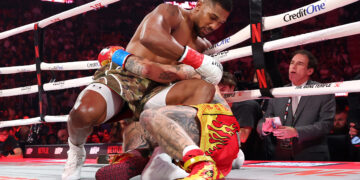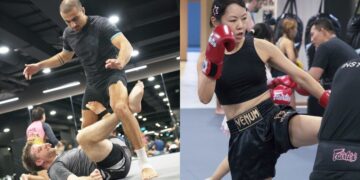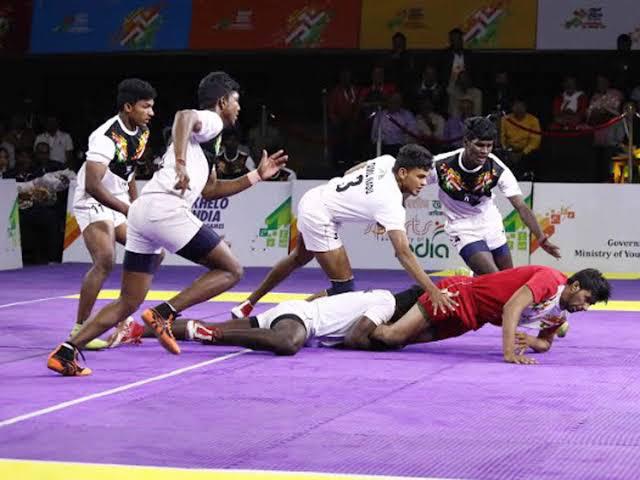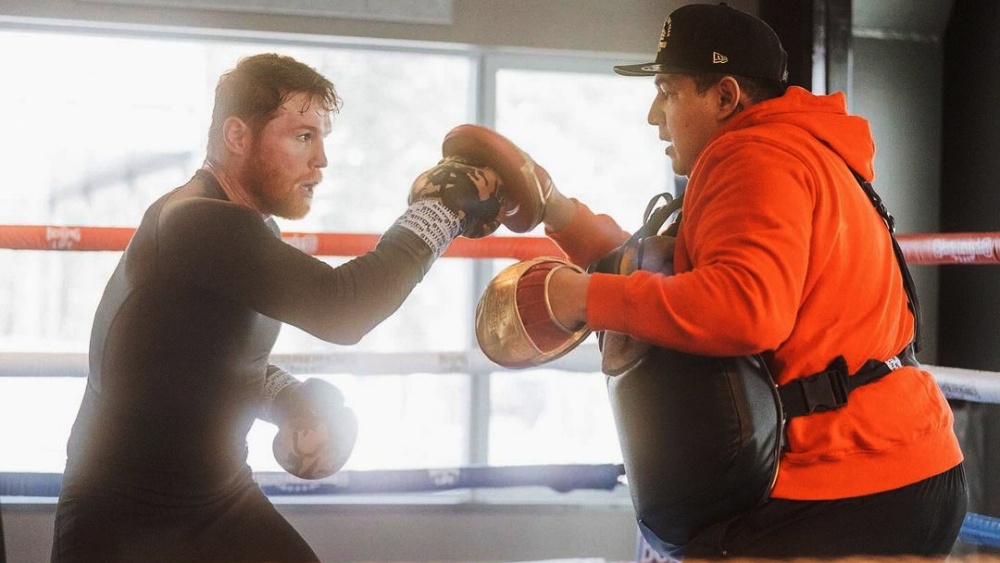
Boxing is a sport where fighters develop not only physical skills but also distinct personalities and philosophies in the ring. Over time, certain approaches to fighting have become so recognizable that they’re referred to as “styles.” One of the most iconic and enduring of these is the Mexican style of boxing, a term that evokes images of relentless pressure, iron chins, and explosive exchanges. Today, we’ll explore this exciting and ruthless style of boxing.
Boxing As An Art And Science
While it’s often called a combat sport, boxing is also known as “the sweet science.” It’s not just about throwing punches; it’s about timing, rhythm, positioning, and strategy. At the highest level, boxing becomes a chess match between two athletes who must use intelligence as much as athleticism.
At the same time, boxing is an art, a form of expression shaped by a fighter’s personality, background, and training environment. Some fighters move like dancers, while others rely on power and grit. This is where styles come into play.
Different Styles Of Boxing
Throughout history, fighters have approached the ring in various ways. Some are slick boxers, known for their movement, defense, and counters. Others are counter-punchers, waiting for their opponents to make mistakes. There are also brawlers or pressure fighters, who rely on relentless forward motion and sheer willpower to wear down their opponents.
Each style has its advantages and challenges. Some are more effective depending on an individual’s body type, skill set, and mental approach. Among these, the Mexican style has carved out a reputation for being both effective and entertaining.
Mexican Style Of Boxing Defined
The Mexican style of boxing is most commonly associated with aggressive, forward-moving pressure, high-volume punching, and a willingness to take a punch in order to land one. Fighters who embody this style are known for their toughness, conditioning, and refusal to back down.
Key Characteristics And Traits
Mexican-style boxing is defined by several key traits that make it both effective and exciting to watch. Fighters who embody this style apply constant forward pressure, rarely taking a backward step. They cut off the ring and relentlessly walk down their opponents, aiming to break them mentally and physically through sustained aggression.
One of the hallmarks of this approach is the focus on body attacks. Mexican fighters are known for targeting the midsection early and often, using body shots to wear down opponents and create openings as the fight progresses. Their high punch output keeps them active and unpredictable, overwhelming opponents with volume rather than waiting for the perfect shot.
Durability and heart are also essential qualities of this style. These fighters are willing to take punches in order to land their own, showing exceptional toughness and a refusal to quit. Unlike defensive, footwork-heavy boxers, those who follow the Mexican style stay in range and use head movement and tight guards for defense, preferring to engage rather than evade.
Notable Fighters
Fighters like Julio César Chávez, Erik Morales, Marco Antonio Barrera, and, more recently, Canelo Álvarez (early in his career) are often seen as embodiments of the Mexican style. Their fights are remembered for nonstop action, dramatic exchanges, and unshakable willpower.
Why The Mexican Style Works
There’s a reason the Mexican style has produced so many world champions and fan favorites. First, it works because it applies constant pressure. Not every fighter is comfortable being pushed backward or fighting off the ropes for 12 rounds. Mexican-style fighters capitalize on this discomfort by forcing the action and setting the pace.
Second, the commitment to body punching has long-term benefits in a fight. By targeting the midsection, these fighters weaken their opponents physically and mentally, making them less mobile and more vulnerable as the rounds progress.
Third, the style often overwhelms opponents with volume and tempo. It’s hard to establish rhythm or strategy when you’re constantly fending off attacks. Mexican-style fighters keep opponents guessing and force them into survival mode.
Lastly, there’s a psychological element. The style exudes confidence, grit, and fearlessness. These are qualities that can wear down even technically superior opponents over time.
What Can We Learn From The Mexican Style Of Boxing?
Even if you’re not naturally aggressive or pressure-oriented, there’s a lot to learn from this style.
It teaches the value of conditioning. Fighters who use this style must be in top shape to maintain pressure and absorb damage. Building cardio and durability are essentials that any fighter can benefit from.
It emphasizes mental toughness. The Mexican style isn’t just physical; it requires a mindset that refuses to quit. Developing that resilience can help any fighter push through tough moments in training and competition.
Finally, this style reminds us of the importance of fighting with heart. The passion and intensity seen in Mexican-style fighters are reminders of how much mindset matters in boxing.
Other Considerations
While the Mexican style has many strengths, it’s not without its drawbacks. Because it often involves absorbing punishment in order to land shots, it can take a toll on a fighter’s body over time. Fighters who rely heavily on this approach can become susceptible to cuts, long-term wear and tear, or struggle against slick, defensive opponents who are hard to trap.
Also, as the sport evolves, many fighters who are traditionally considered “Mexican style” are adding more movement, defense, and timing to their game. Canelo Álvarez, for example, started his career as a classic pressure fighter but has since developed a more versatile and tactical approach.
This shows that while the Mexican style is effective, blending it with other elements can create a more complete and long-lasting boxing style.
Conclusion
The Mexican style of boxing embodies an approach that is fearless, determined, and full of grit. It’s about fighting with heart, embracing the battle, and never backing down – no matter the odds. Win or lose, it earns respect because it shows the fighter’s soul in every round.
You may also like:
Shoulder Rolls In MMA: Can You Use Mayweather’s Defense In The Cage?
Have you ever watched the fight winner declared and thought, “Wait… how did they win that?” Welcome to the sneaky, strategic, and often misunderstood world of stealing rounds. It’s not cheating. It’s not luck. It’s…
You’ve probably seen Floyd Mayweather slip punches in a boxing match like he’s Neo in the Matrix as he hands out boxing clinics. The Philly shell is the foundation of Mayweather’s airtight defense, rarely leaving…
The check hook is one of the most effective weapons you have against aggressive opponents who want to run you over. It’s a technique that remains effective at the highest levels of boxing and mixed…
Fear is a natural part of competition, especially in combat sports like Brazilian Jiu-Jitsu (BJJ), Muay Thai, boxing, and mixed martial arts (MMA). Whether you’re a first-time white belt entering your local tournament or a…
Everyone has a natural fighting style. Some instinctively look to bombard opponents with volume, while others prefer a more cautious approach. Some people feel more comfortable throwing strikes at attackers, while others prefer to wrestle…
Ask any coach or seasoned fighter, and they’ll tell you the same thing: your punches are only as effective as your footwork. Most people think boxing is all about fast jabs and powerful knockouts. While…
Your child might be getting bullied if their lunch money often ends up missing, their clothes are torn, or they’re starting to come up with creative lists of excuses to skip school. Bullying is never…
BJJ is known for its complex ground game, but every match begins on the feet. Whether you’re competing in the Gi or No-Gi, your ability to control and pass the guard sets the tone for…
Generally speaking, every major martial art starts with standing up. Whether you’re a striking-based martial artist competing in Muay Thai or Boxing, or a grappler training in BJJ or wrestling, learning how to engage in…
Recently, many Brazilian Jiu-Jitsu grappling stars have made the move to showcase their talent on the ONE Championship global stage. One of the most exciting new acquisitions is Diogo Reis, joining the ranks of Marcelo…
In any striking-based martial arts such as Muay Thai, switch-hitting is a difficult skill but a tremendously valuable one to learn. Seamlessly changing your stance midway through a round completely changes the dynamic of a…
Bullying remains a serious problem worldwide. Over 30% of students globally have been victims of bullying, according to a UNESCO report. The consequences of bullying aren’t trivial either, with victims often feeling humiliated and helpless….



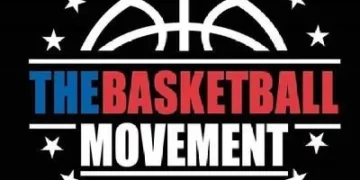

![[WATCH] IND vs SA 2025: Umpire Rohan Pandit down in pain as Sanju Samson drive hits knee](https://babu88sports.com/wp-content/uploads/2025/12/watch-ind-vs-sa-2025-umpire-rohan-pandit-down-in-pain-as-sanju-samson-drive-hits-knee-360x180.jpg)

